A low-tech planted aquarium enhances the beauty of any space. It requires some specific plants and specific arrangements, i.e., style. In this article, you’ll learn about the features, plant selection, and how to build a planted aquarium, along with some tips. Moreover, at the end of it, you’ll find a list of the best plants for the low-tech planted aquarium.
Content Table
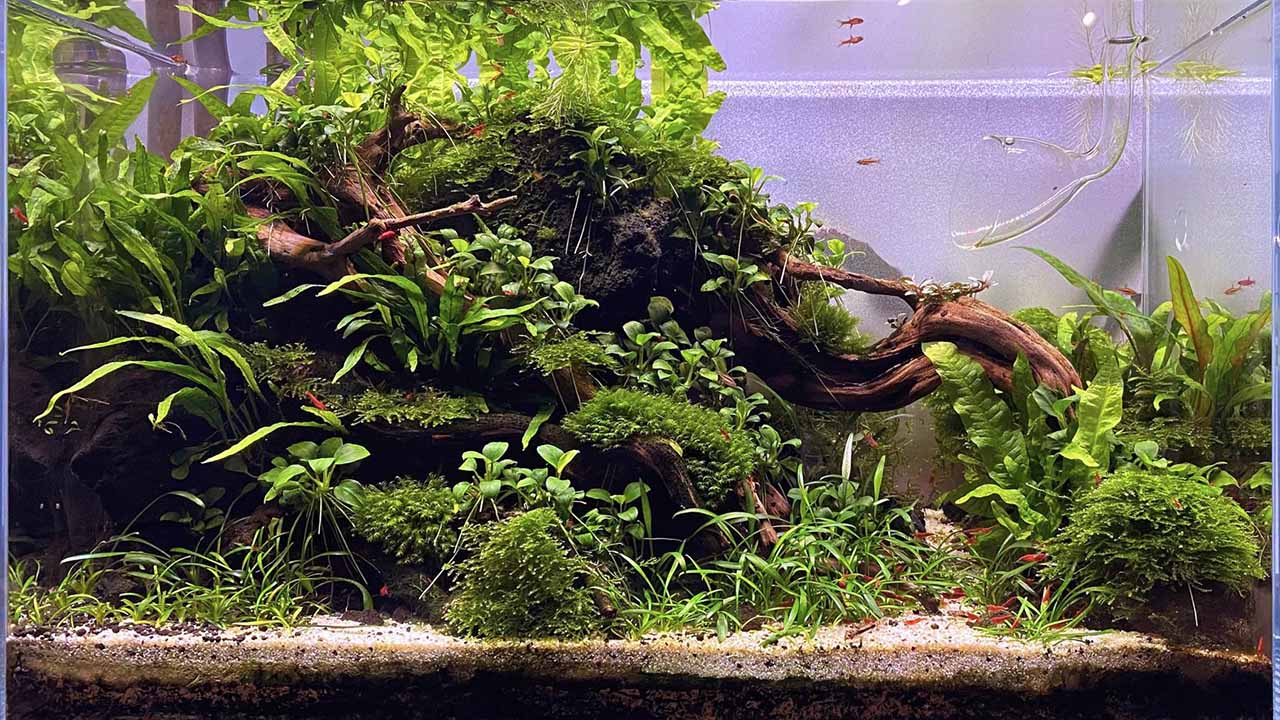
Low Tech Planted Aquarium
A low-tech planted aquarium is a setup with minimal equipment. This cost-effective aquarium carries certain features and special tricks to build.
Features of Low-Tech Planted Tank
Here are certain features that are associated with low-tech planted tanks.
- Low accessories, i.e., powerful lighting, advanced filtration, CO2 injector, etc.
- They have hardy, less CO2-demanding, and low-maintenance plants.
- There is less nutrient demand in the tank, as they generate it through fish waste, plant waste, substrate, and left-over food.
- These tanks have a balanced ecosystem, i.e., appropriate fish and plants.
- There are snails or other algae eaters to avoid algae bloom in the tank.
- They are cost-effective.
Tips and Tricks to Build Tank
Some tips and tricks help to build an appropriate low-tech planted aquarium. Some of the most important are the following.
Plant Selection
Proper plant selection is the most important tip for setting up a low-tech aquarium. Hardiness, low light, maintenance, and CO2 demands are the attributes of a suitable plant tank. More features and the best plants are in the following section.
Nutrient-Rich Substrate
Use nutrient-rich soil as a substrate to minimize the fertilizer application in the tank. This nutrient-rich soil/substrate will help plants to uptake nutrients naturally present in the substrate.
Low-Lights
Light enhances the photosynthesis process and enhances the greenery in the tank. Don’t install high-intensity light in a low-tech planted tank because it’ll bloom the algae growth. Use a low to medium intensity light, i.e., 270 to 807Lux, for setting up a low-tech planted tank. Moreover, low light will also reduce the CO2 demand of plants.
Aeration
There is no need to use aeration equipment if you are setting up a small planted aquarium. However, in the case of a large tank, you need to provide aeration like an ultra-quiet air pump.
Avoid Over-Population
Maintain a balance between stocking plants and fish. Over-population can cause multiple issues, i.e., piling up of waste, excessive food demand, and more CO2 requirement.
Regular Pruning
Pruning extra, brown, or diseased leaves and stems can help you build a planted aquarium. Moreover, make a regular maintenance schedule and try to eliminate each problem earlier.
Keep Patience
Believe in yourself and wait for the result. There may be delays in finding desired outcomes because the setup is without excessive equipment assistance.
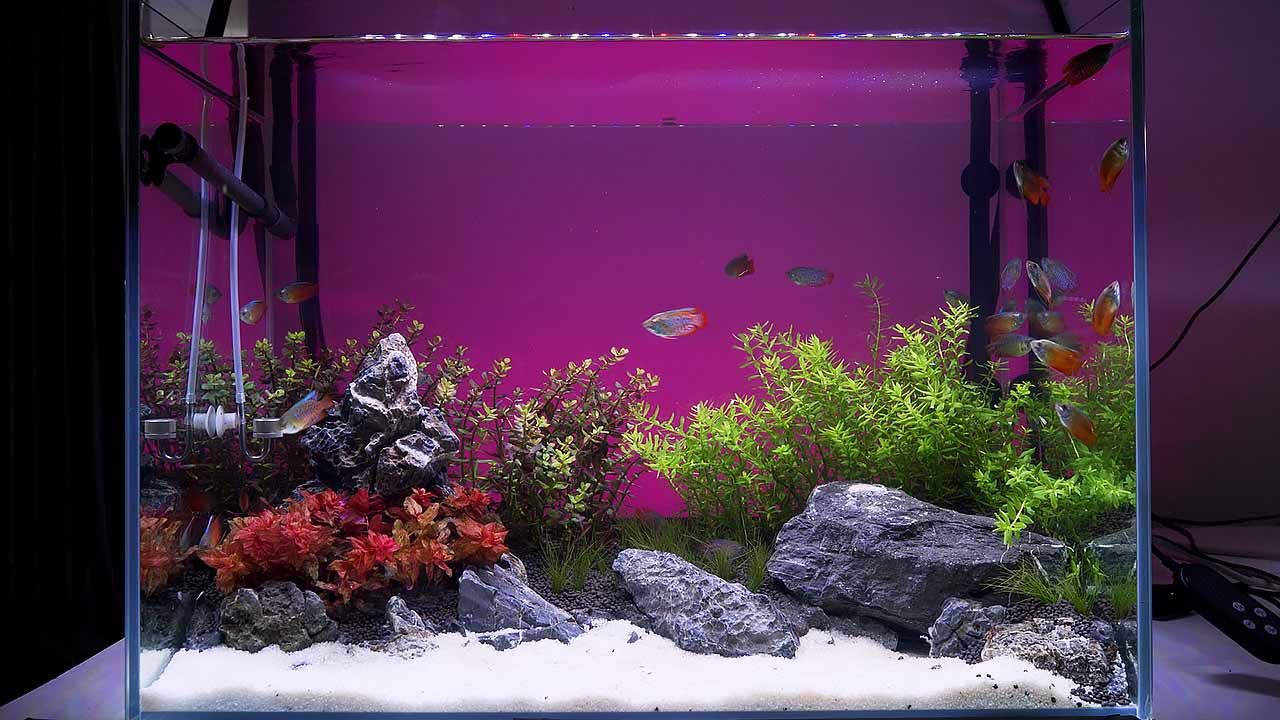
Styles of Low-Tech Planted Aquariums
Styles play a vital role in building low-tech planted aquariums. These styles help in multiple ways.
| Elevate the natural beauty | Express your artistic thoughts | Improve fish-plant compatibility |
| Optimize the aquarium ecosystem | Education and learning |
Here are some styles to build your low-tech planted aquarium.
Walstead Type
| It’s a natural style to build your low-tech planted aquarium. It uses a 1-inch thick nutrient-rich substrate and includes a 0.75-inch depth of sand with a 1-inch gravel depth for a perfect substrate. Don’t make the soil deeper than 2 inches. Otherwise, it’ll enhance problems exponentially. The substrate will provide the desired CO2 to plants. | 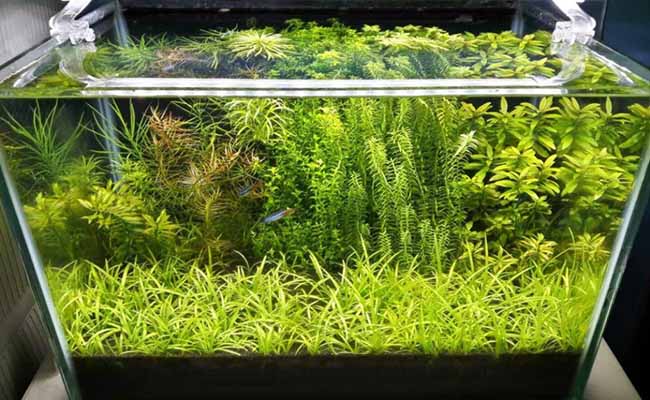 |
Jungle Style
| It’s a wild and chaotic style to design your aquarium. It gives a natural and wild appearance of an aquarium. It’s one of the best because it requires low maintenance, i.e., weekly water change and pruning on condition. For this, you need at least a 30-gallon tank and populate it with large leaves and tall plants with appropriate fish. Hardscaping is not part of this style. | 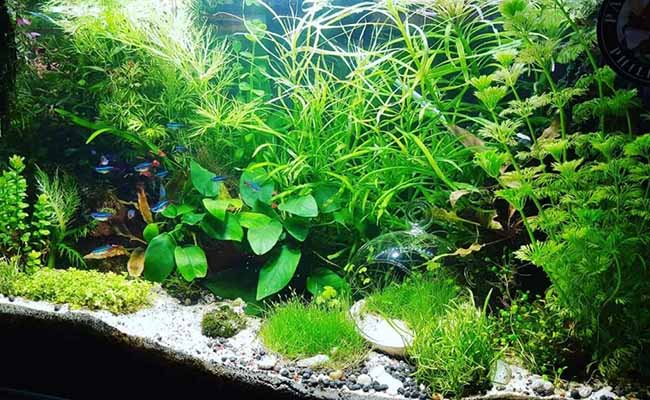 |
Biotope Style
| It’s the most ethical way to design your low-tech planted tank. It recreates a biotope for shrimp or fish. It uses rock, small-leaved plants, small and large gravel, and some suitable fish. Add low fertilizer in the tank because an extra dose can boost the algae growth. | 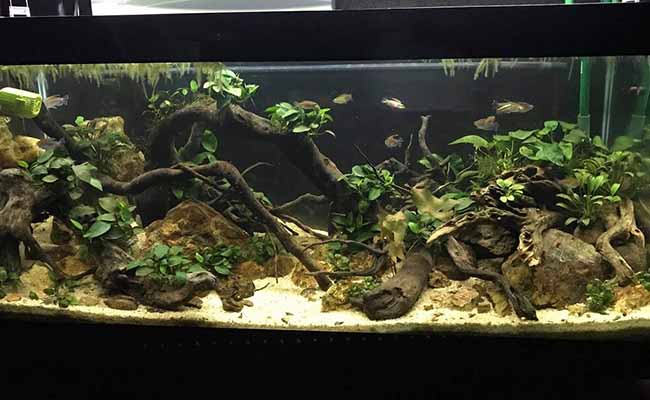 |
Moss Style
| Moss style is also another best way to build your planted aquarium. There are two types of moss that you can use for this purpose, i.e., Java moss and Willow moss. Using a plastic mesh between the substrate and aquarium wall helps to elevate the moss growth. | 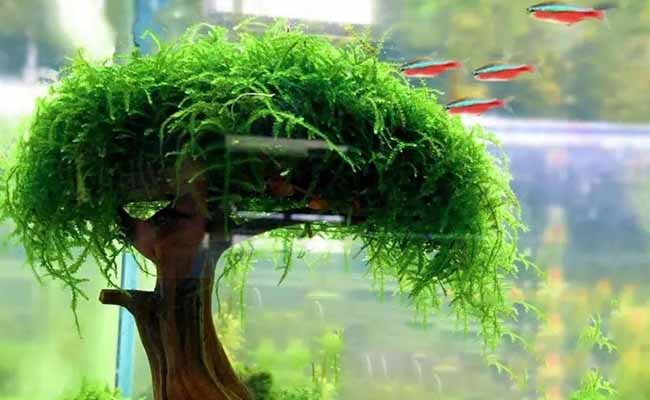 |
Wabi-Kusa Style
| In this style, plants with soil balls are stocked in aquariums. A glass container covers the soil ball. You can say this is a ready-made design for a large tank. It’s a bit difficult for beginners to maintain this design. | 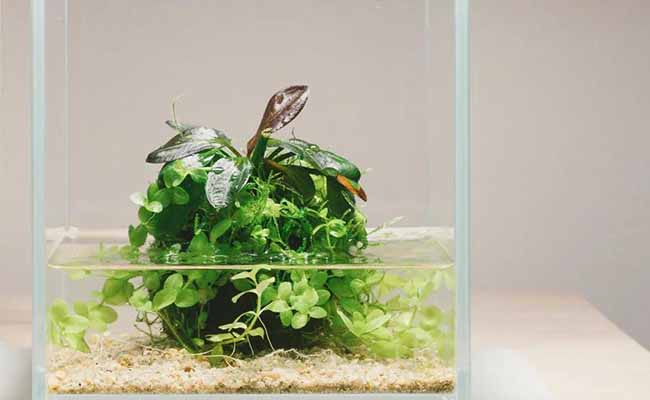 |
Dutch Style
| It is a difficult-to-maintain, low-tech planted aquarium design. In this design, plants cover about 70% of the tank. This design has a three-layer approach. | 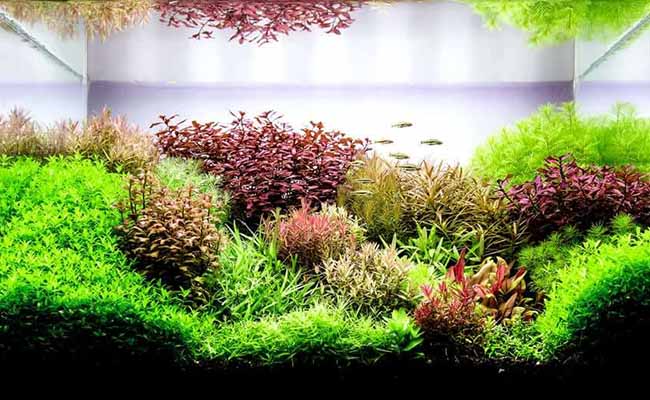 |
| Foreground | It is a blend of midground and background |
| Midground | It has carpeting plants |
| Background | Tall plants are part of the background |
Tips for Building a Low-Tech Planted Aquarium
Here is a brief guide to building a low-tech planted aquarium.
Tools and Equipment
| Light | Hardscape, i.e., rocks, gravels | Nutrient-rich soil | Heater | Tank |
| Basic filters | Liquid fertilizer | Aquascaping tools (scissors, tweezer, substrate rake) | Aquarium test kit | Fish and plants |
Steps to Build a Low-Tech Tank
Here are simple steps to build a low-tech planted aquarium.
- Select the plants, hardscape, and fish types according to your preferred style.
- Add substrate to the tank. It depends on the plant types and other design aspects.
- Install low lighting over the tank. It’s better to be on it for less than 12 hours daily.
- Add the water and leave it for the cycle. In this cycle, you can observe an ammonia spike in your tank.
- Design your tank.
- Install filters in your tank.
- Stock quarantined fish in your tank and enjoy yourself.
Best Plants for Low-Tech Aquarium
The best plant for the low-tech tank should have some features. The features include
- Hardy nature
- Require no or less CO2 and light
- Require less maintenance
- Low nutrient requirements
- Root-feeding capacity
Here is the list of such plants that have previously mentioned features.
| Cryptocoryne species | Java Fern | Rotala rotundifolia | Vallisneria species | Moss species |
| Java Moss | Anubias Nana | Cryptocoryne Balansae | Anubias species | Amazon Sword |
Sum up
Low-tech planted aquariums are among the popular options for aquarists due to low maintenance, low cost, and ease of control. Follow tips and tricks to build a low-tech tank, i.e., proper plant, substrate, light selection, etc. Several styles can help you to set it up. Floating garden style and biotope are famous and easy layouts to build your tank. You can achieve it with proper tools and following the steps.
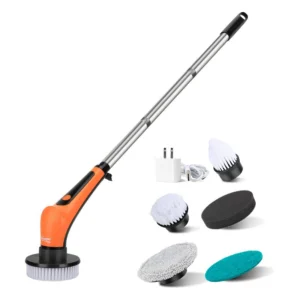
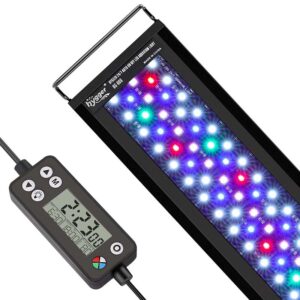
Leave a comment